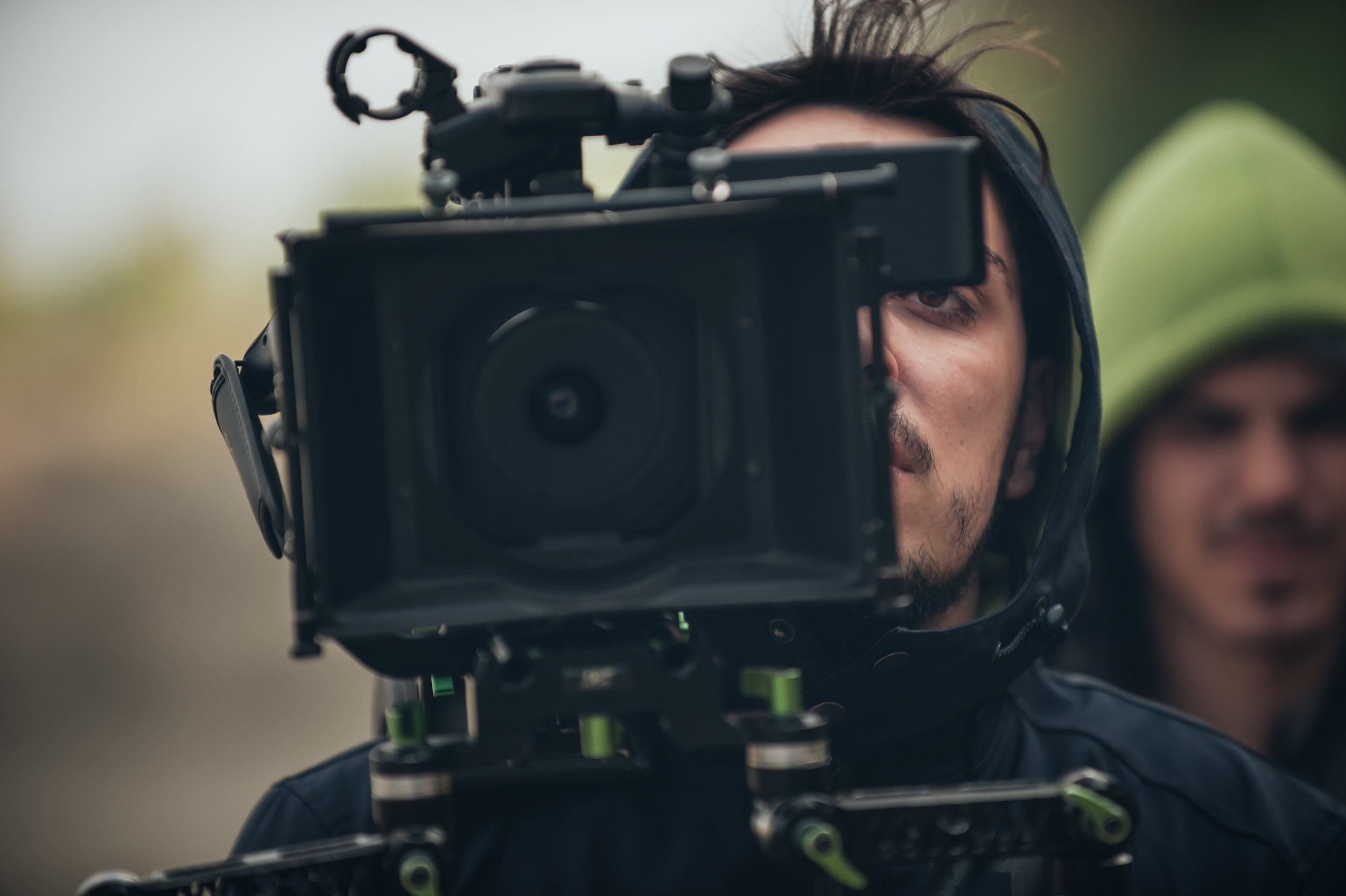Exposure and Support: A Foundation Looks to Diversity the Ranks of Visual Storytellers
/photo: guruXOX/shutterstock
Last month's news that the MacArthur Foundation's Journalism and Media program announced $5.7 million in grants to seven organizations to support nonfiction media makers from diverse backgrounds is important for two reasons.
First, it suggests that funders remain bullish on diversifying the field of nonfiction multimedia storytelling. Second, it provides some useful clarity into MacArthur's grantmaking priorities in the documentary field—an area that, as recently as the spring of 2016, was clouded in uncertainty.
I'd like to begin with the former point by framing it within the larger film philanthropy landscape.
While funders have been committed to diversifying the field of cinematic arts for a while, 2016's #OscarsSoWhite campaign seems to have added momentum to the cause. Earlier this year, George Lucas and his partner Mellody Hobson made another $10 million to fund the student diversity program he helped establish at the USC School of Cinematic Arts. And the Will and Jada Smith Family Foundation recently announced its support of Sundance's Screenwriters Intensive, which works with diverse independent filmmakers and artists.
MacArthur's clearly been thinking along the lines about the need to boost diverse filmmakers' exposure and provide creative and professional support. "In today's information environment," said Program Officer Lauren Pabst, "we need these more complete, thoughtful, and contextual narratives—from storytellers whose voices and perspectives have been largely absent from the national narratives for far too long."
The seven winning organizations in MacArthur's grant cycle are the Bay Area Video Coalition, Center for Asian American Media, Latino Public Broadcasting, National Black Programming Consortium, Southern Documentary Fund, Sundance Institute, and Working Films.
Of the $5.7 million in funding, $2.25 million will be re-granted directly to independent projects over three years, with remaining funds providing support for fellowships, workshops, training programs, and professional development.
Which brings me back to MacArthur's evolving funding strategy in the documentary field.
Last year, the foundation announced it would discontinue direct support of individual documentary projects. Rather than directly fund projects, MacArthur pledged to increase funding to "nonfiction media producers through new and existing partner organizations."
This made many filmmakers nervous. Fortunately, subsequent developments helped to dispell those fears. Earlier this year, MacArthur gave a four-year, $5 million grant to the International Documentary Association (IDA) to establish the IDA Documentary/Journalism Project. The move stuck to the script: MacArthur would be cutting the checks, but relying on partners organizations for administrative and operational heavy lifting.
The same strategy infuses this most recent give, which finds MacArthur steadily growing its investment in the documentary community through new partnerships across the past two years. Here's Pabst again:
In choosing which new institutional partnerships to establish, we deliberately selected a range of organizations that, together with our eight existing partner organizations, form a national network of 15 institutions that provide support to nonfiction multimedia makers with diverse perspectives on critical social issues.
In a film philanthropy space that finds everyone from the Ford Foundation to hometown patrons embracing "visual storytelling," MacArthur's Journalism and Media program, working with its expanding network of partners, is another funder—and an especially important one—that is keen to ensure that diverse voices are telling these stories.







































